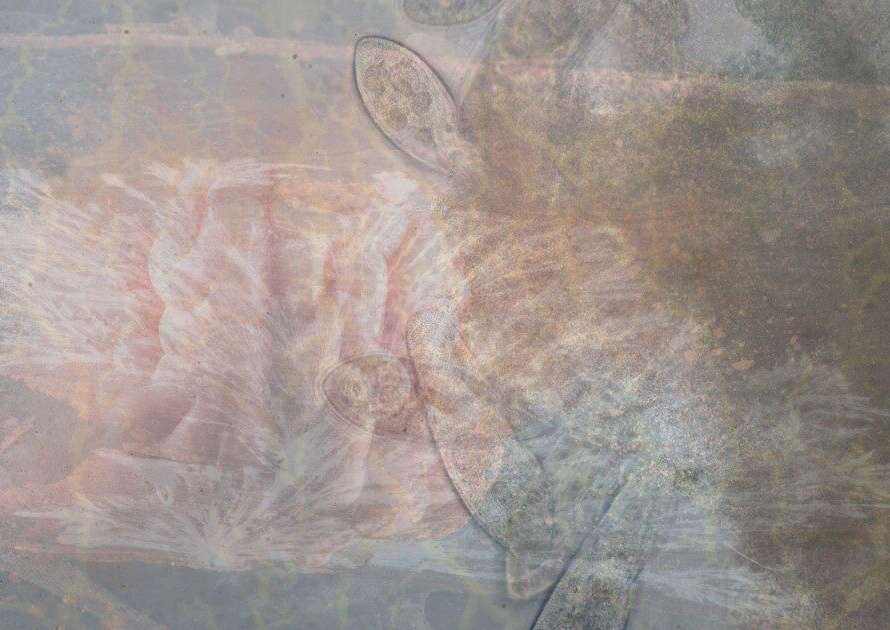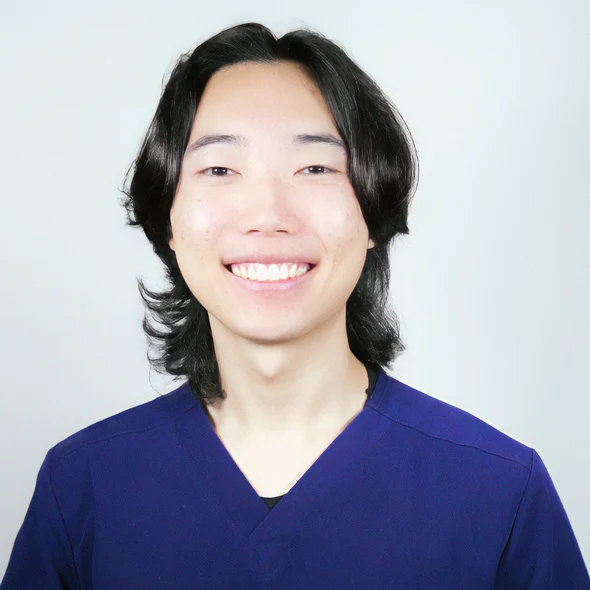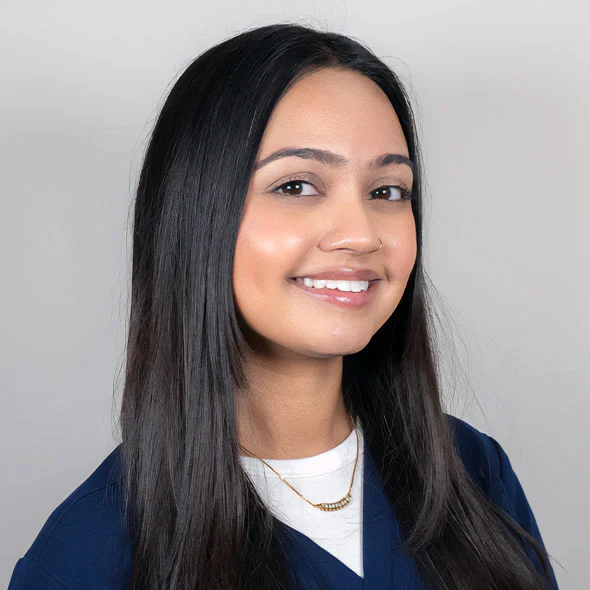NorCal Brain Center is excited to introduce a powerful new tool for treatment and recovery—the Motion Guidance visual feedback system. This innovative technology accelerates recovery and improves treatment outcomes, helping patients regain their health faster.
What is Motion Guidance?
Motion Guidance is a visual feedback system that enhances rehabilitation exercises. It uses a laser device to guide movement, helping patients focus on motions that provide the most benefit. The system also encourages good movement habits by reinforcing proper form.
A strap attaches the device to a specific body part, such as the leg or waist. The laser projects onto a target or series of targets on the floor or wall. Patients then move in a way that directs the laser to trace a pattern or hit the targets in sequence.
This approach turns rehabilitation into an engaging game, making exercises more interactive and less monotonous.
How Does Motion Guidance Help?
Motion Guidance makes rehabilitation exercises more engaging and easier to focus on, but it offers more than just motivation. It also improves Joint Positional Awareness (JPA)—the body’s ability to sense its position in space.
JPA is often impaired after an injury or illness, such as whiplash. For example, people with whiplash may struggle to sense whether their head is tilted forward or backward. Motion Guidance helps retrain this awareness.
By placing the laser on the patient’s head, therapists can guide them through exercises that restore proper head and neck positioning. These exercises reinforce muscular control and help patients regain healthy movement patterns.
What Conditions Can This Therapy Help?
Motion Guidance is effective for a variety of conditions, including:
- Whiplash recovery
- Balance, instability, and vertigo disorders
- Limited range of motion in the neck and spine
- Shoulder joint mobility issues
- Neck and spine strengthening
- Knee rehabilitation after surgery or replacement
Why Visual Feedback Works
Research shows that external-focus feedback—giving patients a visual goal—makes rehabilitation more effective and less frustrating. Patients stay engaged and are more likely to complete their exercises.






